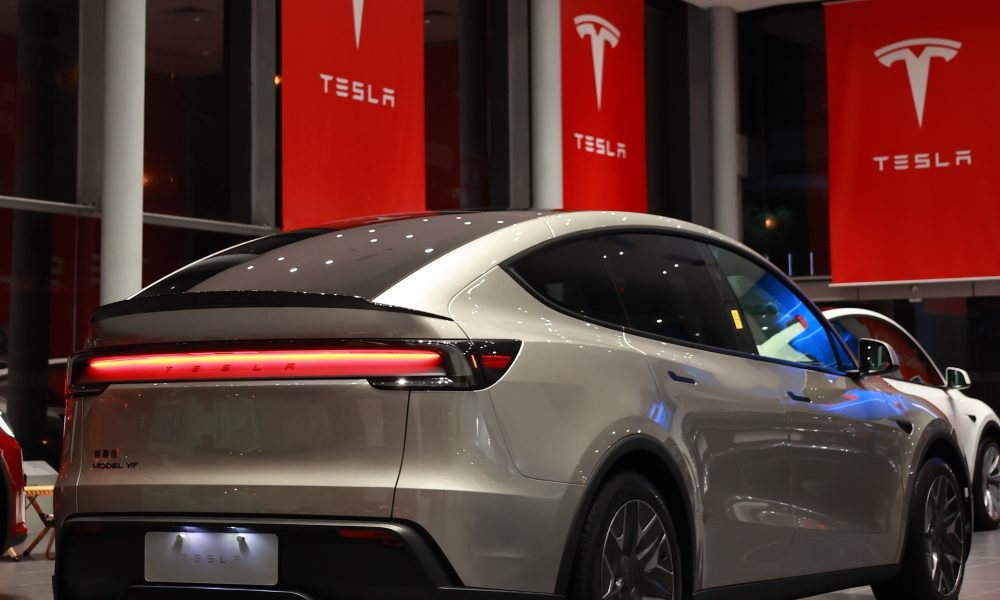With two years behind him and another three years projected ahead, Valencia is living one of his great works in the surroundings of his central parc, next to the Joaquín Sorolla station to convert the most important mobility node in the city. It is, in words that are read on the website of the project, “the project with the greatest urban impact of the city.”
The reforms are large and very draft. Form summarya new high-speed rail access is created to connect Madrid-Valencia with the Mediterranean corridor, both north and south of the city. The conventional and high -speed rail lines are buried (up to 9 kilometers of tunnels are created) and will result in a new central station that maintains the exterior facade but that changes completely inside, becoming a large intermodal step of high -speed trains, conventional lines, subway and bus. There will also be space to reform the lines dedicated to merchandise transport.
In numbers, Valencia hopes to recover with the work a total of 230,000 square meters, largely dedicated to green areas and to join the adjoining neighborhoods, now separated by the train tracks. It is estimated that only the rail transformation will cost 665 million euros, assuming Adif and Renfe more than 50% of the cost of the same.
The work is currently in one of its phases with more activity. The known as “Playa de Roads”, the enormous space used by trains that reach the station and that right now is the great border that separates both sides from the work, will begin to be buried from the excavation of a tunnel of 1.2 kilometers long.
This new stage, however, has arrived with an unpleasant surprise.
A gas leak and various problems
Two years after the works began, the neighbors are beginning to suffer the consequences of them. Beyond the usual inconveniences of this type of projects, the alarm jumped when the Excavations Adif caused a gas leak located on Olta Street, perpendicular to the García Lorca boulevard.
The leak has been “controlled” and has been because during the excavations a gas pipe has been damaged to the point that has been drilled. Adif sources have explained to the newspaper Levante that there has been no risk for people and that the emergency protocol has been activated, with immediate notice to firefighters, police and emergencies.
During the day of the accident He has worked to restore the service and forced to confine a community of neighbors adjacent to the works for security.
However, the gas leak is “the drop that has filled the glass”, in the words of the neighbors who have offered their testimonies to the local newspaper. They ensure that in addition to the transfer of vehicles and the impossibility of opening sales because “the land house” is filled with activities, the inconvenience is being recurring.

Those affected that the cuts of light and water are usual but that, in addition, some homes have crazy. The latter is a serious problem and Valencian works are not the first that cause cracking problems in homes as a result of excavations.
In Madrid, for example, the residents of the A-5 know the cuts of light and water well as a consequence of the underground of the road but in San Fernando de Henares, next to the capital, the neighbors have denounced that the expansion works of the subway line are cracking their homes. To the point that 73 homes have been demolished and another 600 have presented cracks and serious structural problems.
Photo | Valencia Central Park
In WorldOfSoftware | Madrid faces a capital challenge with the underground of the A-5: living with a hell in the face of the promise of future success











